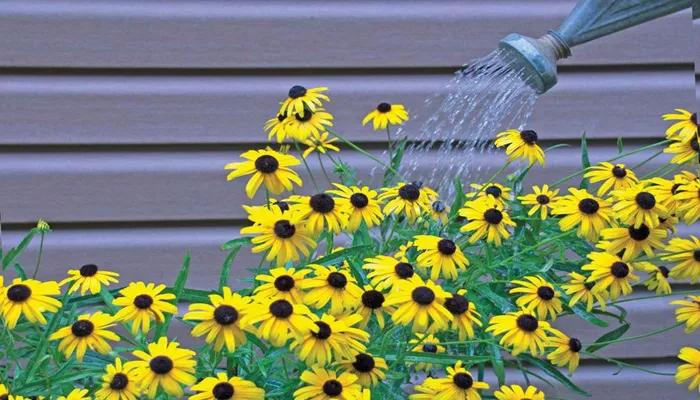Heat Wave’s Impact on Southern California Plants: Will They Survive the Extreme Temperatures?
With temperatures soaring past 100 degrees across Southern California this week, many people are turning to plants for relief from the intense heat. However, the plants themselves are facing a tough battle against the sun.
But how worried should we be about the health of our primary sources of outdoor shade during this heatwave? Experts from the University of California, Riverside weigh in on how the extreme weather affects our greenery.
Why Should We Be Concerned About Plants During a Heatwave?
Amir Verdi, an associate professor of agricultural and urban water management, explains that plants help cool the environment in three key ways: by providing shade, reflecting sunlight, and through a process called transpiration. Transpiration occurs when plants release water vapor through tiny openings in their leaves, known as stomata. This process uses energy that would otherwise contribute to raising the air temperature.
However, Verdi warns that plants have a limited ability to cool cities during heatwaves. The “urban heat island” effect, which makes cities hotter than nearby rural areas, can still have a significant impact on human health, even with plants offering some relief.
How Hot Are Plant Canopies Compared to the Air?
Verdi says that when plants aren’t watered properly or face long periods of water conservation, the temperature of their canopies can actually exceed the air temperature, especially around midday when the sun is strongest. This is because transpiration, the plants’ main cooling method, depends on having enough water in the soil.
But not all plants respond the same way. Verdi points out that tree canopies, which provide shade, cool differently compared to ground covers and turfgrass, which are more reliant on water to keep their leaves cool.
Will Most of Our Green Landscapes Survive This Week?
According to Verdi, as long as landscape plants receive enough water to meet their needs, they should be able to withstand the heatwave. Irrigation is key to ensuring plant survival during extreme temperatures.
What’s the Difference Between Air and Surface Temperatures, and Why Does It Matter?
Darrel Jenerette, a professor of botany and plant sciences, explains that surface temperature is measured by detecting infrared radiation, essentially gauging the heat emitted from the outer layer of objects like rooftops, soil, or leaves. These measurements can be collected by handheld devices, drones, planes, or satellites. Air temperature, on the other hand, is recorded about two meters above the ground.
For plants, understanding surface temperature is crucial because it directly affects photosynthesis and water loss through the stomata. More water loss cools the leaves, but it also means the plant is losing valuable moisture. For people, surface temperature is important because it indicates how much heat is being absorbed by the surroundings, contributing to the overall heat a person feels.
Surface temperature is more variable than air temperature in terms of location and time, and both play a role in how heat impacts plants and people. No matter how it’s measured, though, anything over 100 degrees is still extremely hot.
What Happens to Plants When Temperatures Exceed 100 Degrees?
While people can retreat indoors during a heatwave, plants don’t have that option. Francesca Hopkins, associate professor of climate change and sustainability, notes that at some point, plants will simply shut down. This can happen when temperatures hit around 105 degrees, though the exact threshold varies by species and the climate they are accustomed to.
When plants reach these extreme temperatures, they close their stomata and stop photosynthesizing to conserve water. Their focus shifts entirely to survival, halting all other functions. Hopkins explains that as temperatures rise, evaporation increases rapidly. Unlike a gradual increase, this rise in evaporation under extreme heat is exponential, leading to plants drying out faster.
Conclusion
As Southern California faces a prolonged period of intense heat, both people and plants are feeling the strain. While plants provide some cooling benefits through shade and transpiration, their survival depends largely on proper irrigation and species resilience. The extreme conditions serve as a reminder of how interconnected we are with the environment and the need to prepare our green spaces for the rising temperatures of the future.


